NASA/Kjell Lindgren
- UFOs (or UAPs) probably aren't aliens, NASA says. Rumors of "non-human" "biologics" are unconfirmed.
- Extraterrestrial life likely wouldn't show up as flying objects, but finding it could cause similar chaos.
- NASA's greatest challenge could be explaining any alien discovery to the public, the agency's planetary-science chief said.
NASA isn't announcing the existence of extraterrestrial life. But if this year's UFO mania shows anything, it's if the agency ever breaks such news, the world may have trouble understanding.
The trouble with talking about aliens and UFOs resurfaced on Thursday, when NASA released its independent report on "unidentified anomalous phenomena," or UAP. (That's the government term for the mysteries most people call UFOs.)
"If you ask me: Do I believe there's life in a universe that is so vast that it's hard for me to comprehend how big it is? My personal answer is yes," NASA Administrator Bill Nelson said in a press briefing on the report.
However, the study team concluded that there is no evidence UAP have extraterrestrial origins.
"It would have to be a very advanced civilization," Nelson said. "The distance is light years, hundreds of light years, billions of light years."
But in the briefing, NASA officials still had to deflect questions about a self-described "ufologist" who presented what he said were 1,000-year-old alien corpses to Mexico's Congress, and about ex-intelligence officer David Grusch's testimony that the government recovered "non-human" "biologics" from a crashed vehicle.
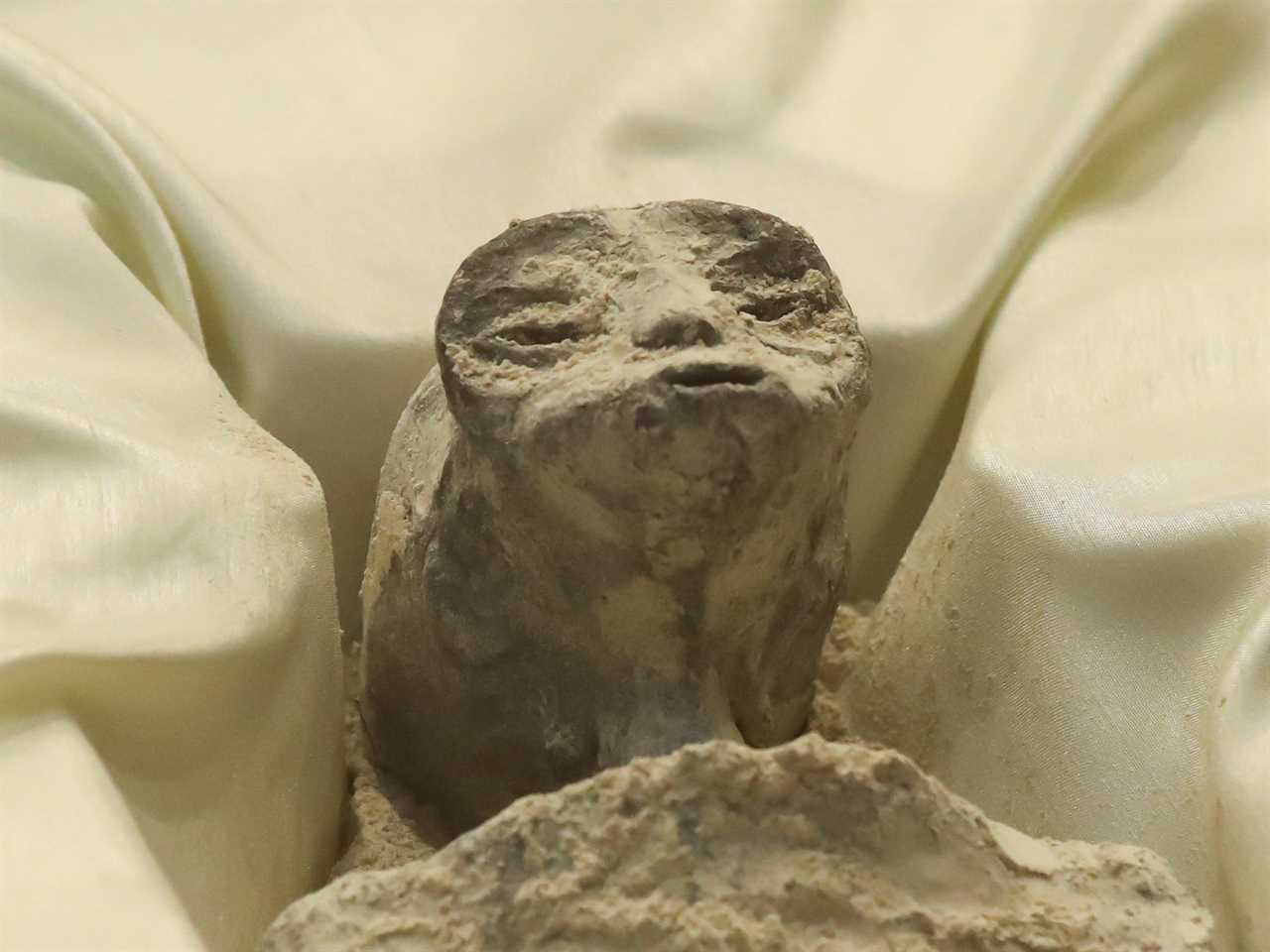
Henry Romero/Reuters
Those weren't even the most notable moments of UFO mania this year. Remember the "Chinese spy balloon" that the Pentagon shot down in February?
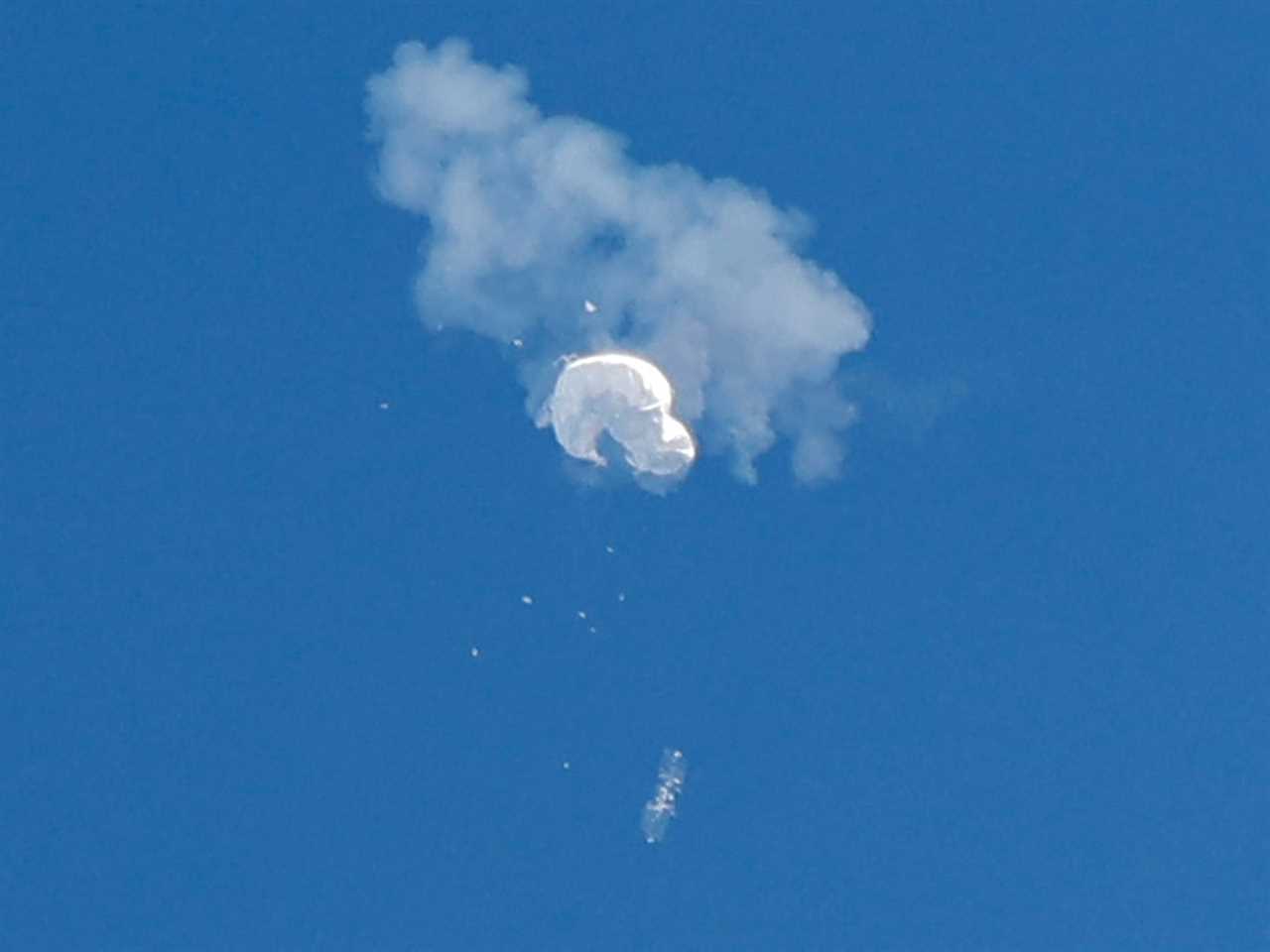
Randall Hill/Reuters
Suddenly the US seemed to be spotting mysterious flying "objects" everywhere, and US fighter jets gunned down three more in the skies over Alaska, Canada, and Lake Huron. Even Elon Musk weighed in with an alien joke.
Maybe that's why NASA's UAP study team faced "nasty and hostile" online harassment, in the words of David Spergel, president of the Simons Foundation and chair of the team.
"Not only were some of the things that our panel members received, during the course of this study, simple trolling. Some of them actually rose to actual threats," Dan Evans, assistant deputy associate administrator for research at NASA's Science Mission Directorate, added in the briefing.
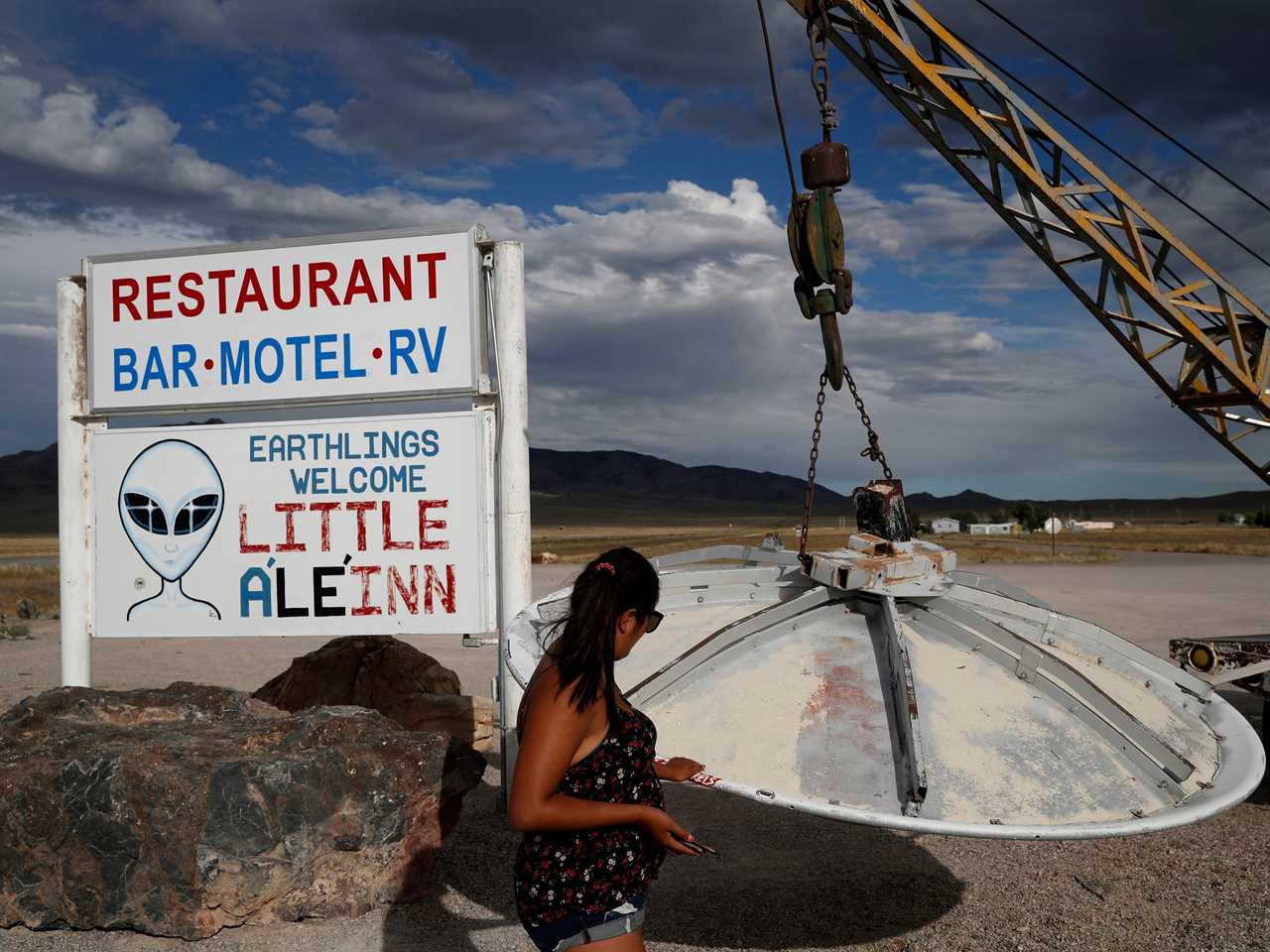
AP Photo/John Locher, File
The harassment was so bad, officials said, that they're declining to share the name of NASA's new top UAP official.
The breathless rumors and hostile messages are just a peek at what Lori Glaze, who leads NASA's planetary science division, might face should scientists ever discover true evidence of life beyond Earth.
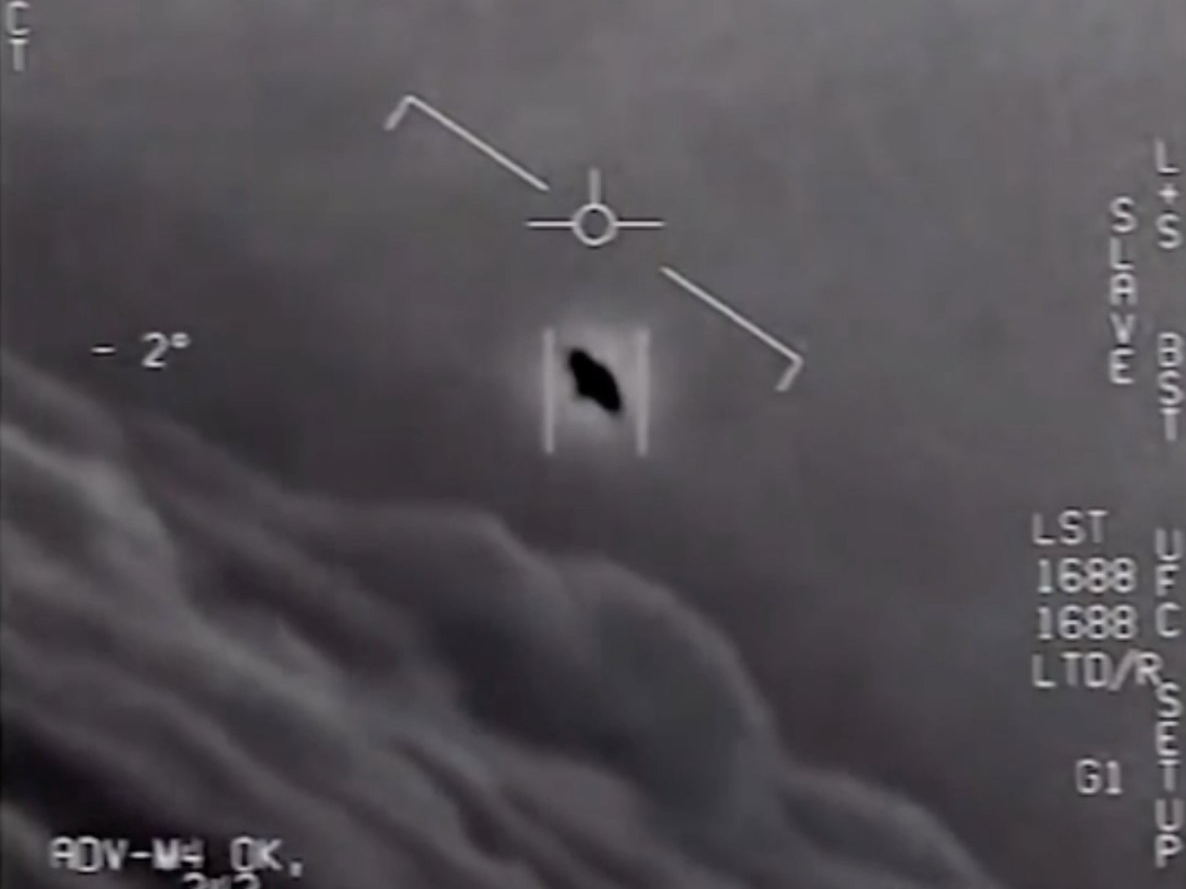
US Department of Defense/Navy Times
"You can't overstate just how important that discovery would be. How we're going to confirm that and announce it responsibly, I think is a really, really important question," Glaze told Insider at the American Geophysical Union's meeting in December.
"The biggest challenge is trying to keep that communication on an even keel, right? With an excitement, and yet also understanding that we need to set the expectations that we have to follow the scientific process."
How NASA scientists might explain any alien findings — gradually
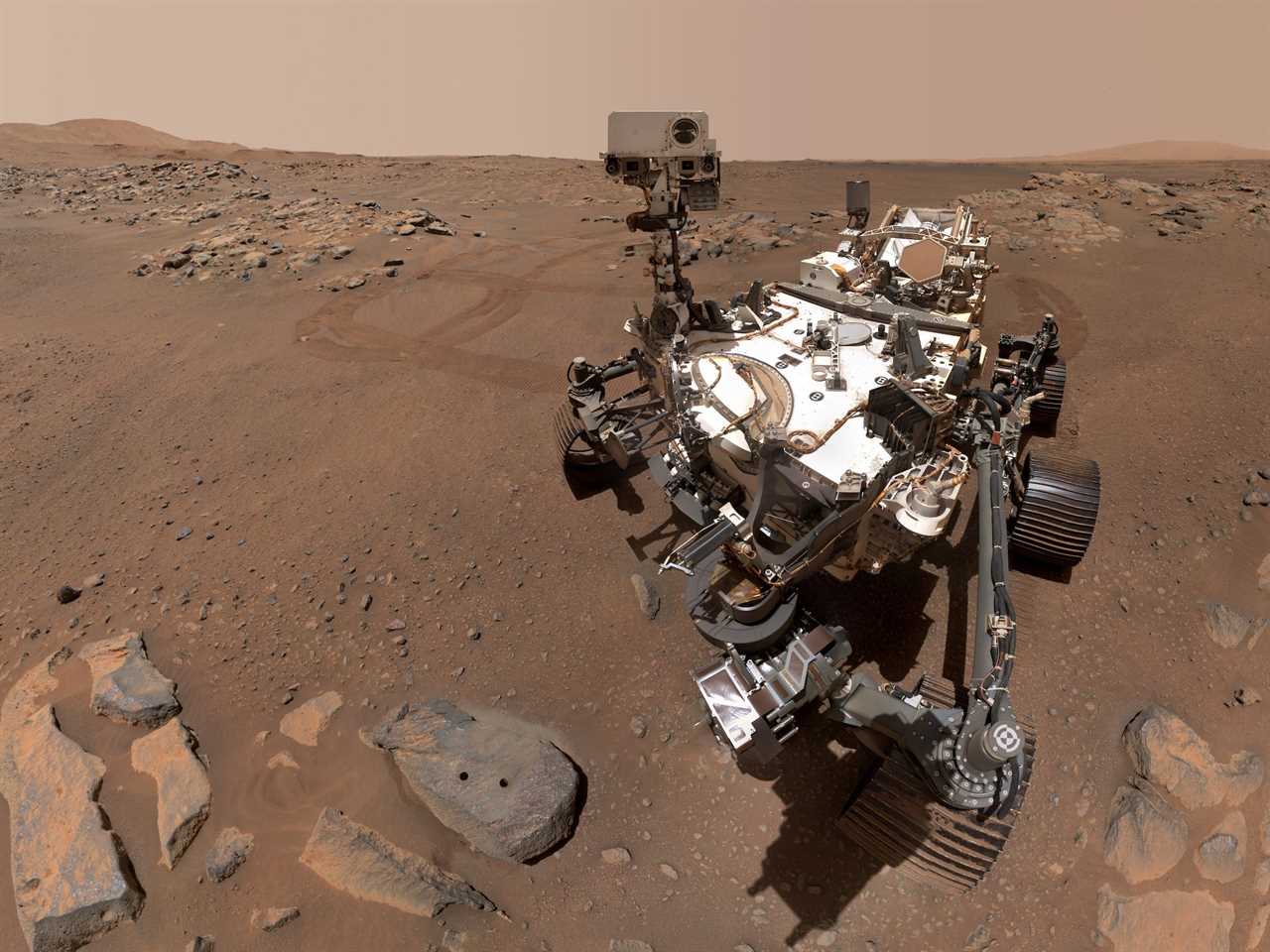
NASA/JPL-Caltech/MSSS
Maybe the James Webb Space Telescope detects a telltale molecule in the atmosphere of a distant Earth-like planet. Maybe Mars samples from the Perseverance rover reach Earth in a decade, and scientists find fossils of ancient microbes inside them.
Many astrobiologists (exactly what it sounds like — people who study the idea of biology beyond Earth) think that evidence of extraterrestrial life could turn up soon.
But it's unlikely that any evidence would be completely, irrefutably, obviously aliens. Scientists will probably disagree, and won't be 100% confident. That could be hard to explain to the public.

Jean-Philippe Arles/Reuters
"This is going to be a very, very hard thing to actually get the scientific community, I think, to agree upon — unless we actually see something moving around and waving at us, which is unlikely," Glaze told Insider.
That's why NASA has tried to develop a procedure for assessing and sharing such a monumental, sensitive discovery. The conversation is still ongoing, Glaze said, but in 2021, the agency published a framework as a starting point. It could help scientists, journalists, and NASA itself explain the science.
It's called the "confidence of life detection" (CoLD) scale, rating scientific confidence in any potential alien-life discovery on a scale of one to seven. A possible detection can climb to higher levels of confidence as evidence builds.

NASA/Aaron Gronstal
For example, a level one detection might be the discovery of a molecule that could be related to life inside a Perseverance Mars sample. The evidence would graduate to level two once scientists confirm there was no contamination in the sample, or the instruments involved, that could have influenced their findings. By ruling out non-biological sources of the molecule, or by confirming that it came from an environment suitable for life, scientists could move it further up the scale.
Other scientific teams would have to measure the Mars sample themselves, with different methods, and confirm the initial finding to graduate to level six.
According to NASA, in this Mars molecule example, additional evidence from a different part of the red planet may be necessary to bring it up to level seven — where it's probably life.
Each new level of confidence could mean a new public announcement.
The discovery of extraterrestrial life is likely to be a slow build-up, rather than an explosive eureka moment.
"Until now, we have set the public up to think there are only two options: it's life or it's not life," Mary Voytek, head of NASA's Astrobiology Program, said in a press release when the new scale was published. "We need a better way to share the excitement of our discoveries, and demonstrate how each discovery builds on the next, so that we can bring the public and other scientists along on the journey."
The president or other countries could be involved in announcing extraterrestrial life exists

Anna Moneymaker/Getty Images
Announcing the existence of alien life would be an "administration-level" affair, Glaze said, referring to the US presidency. It wouldn't just be NASA explaining itself at press conferences.
NASA might not even be the first entity to discover evidence of life on another planet. Another nation's space agency could find it first.
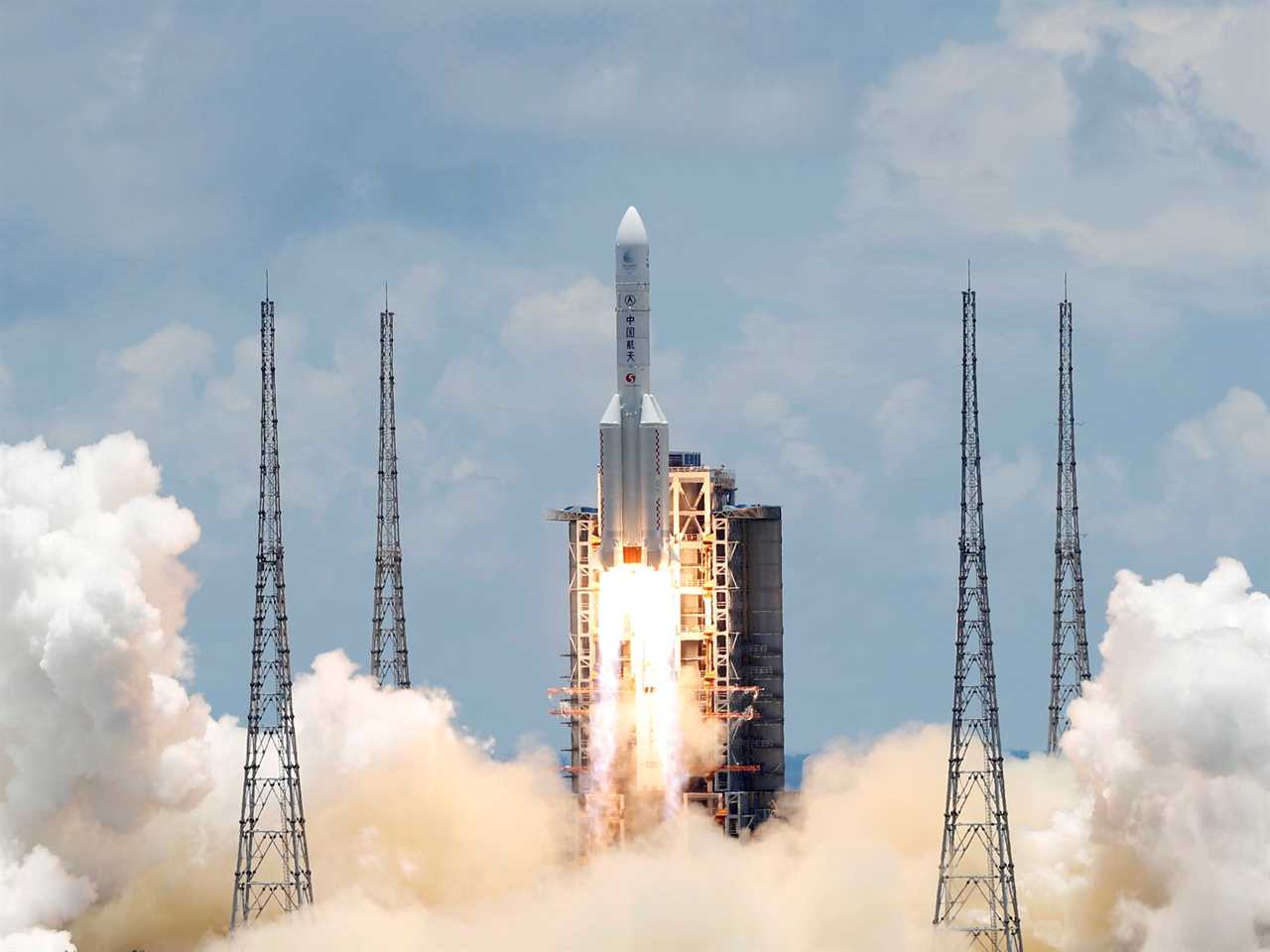
Carlos Garcia Rawlins/Reuters
The discovery of intelligent alien life would be even more Earth-shattering. That would come with its own conundrums: How do we communicate with them? What do we say? And how might they respond?
Even beaming little hints of ourselves into the void has been controversial. In 1974, astronomers sent out radio signals containing the numbers one through 10, information about the composition and structure of DNA, a figure of a human and our global population, and a graphic of the solar system with Earth highlighted.
Critics like Stephen Hawking have said that contacting any extraterrestrial intelligence could pose an existential risk for humanity.
Needless to say, any discovery of alien life would likely lead to chaos — at least in public discourse.
Glaze said NASA's goal is to be a trusted, transparent source of clear scientific information. It could be the agency's biggest challenge yet.
"I'm not sure we even have words to describe it," she said. "The confirmation that we're not alone in the universe is, I think, going to be akin to realizing that the universe doesn't rotate around Earth. It's a very different way of thinking about who we are, where we came from."
This post has been updated to include new events. It was originally published on February 18, 2023.
Read More
By: [email protected] (Morgan McFall-Johnsen)
Title: The hardest part of discovering alien life may be announcing it. Here's how NASA might break the news.
Sourced From: www.businessinsider.com/how-nasa-could-tell-us-aliens-are-real-2023-2
Published Date: Thu, 14 Sep 2023 19:10:37 +0000
.png)





